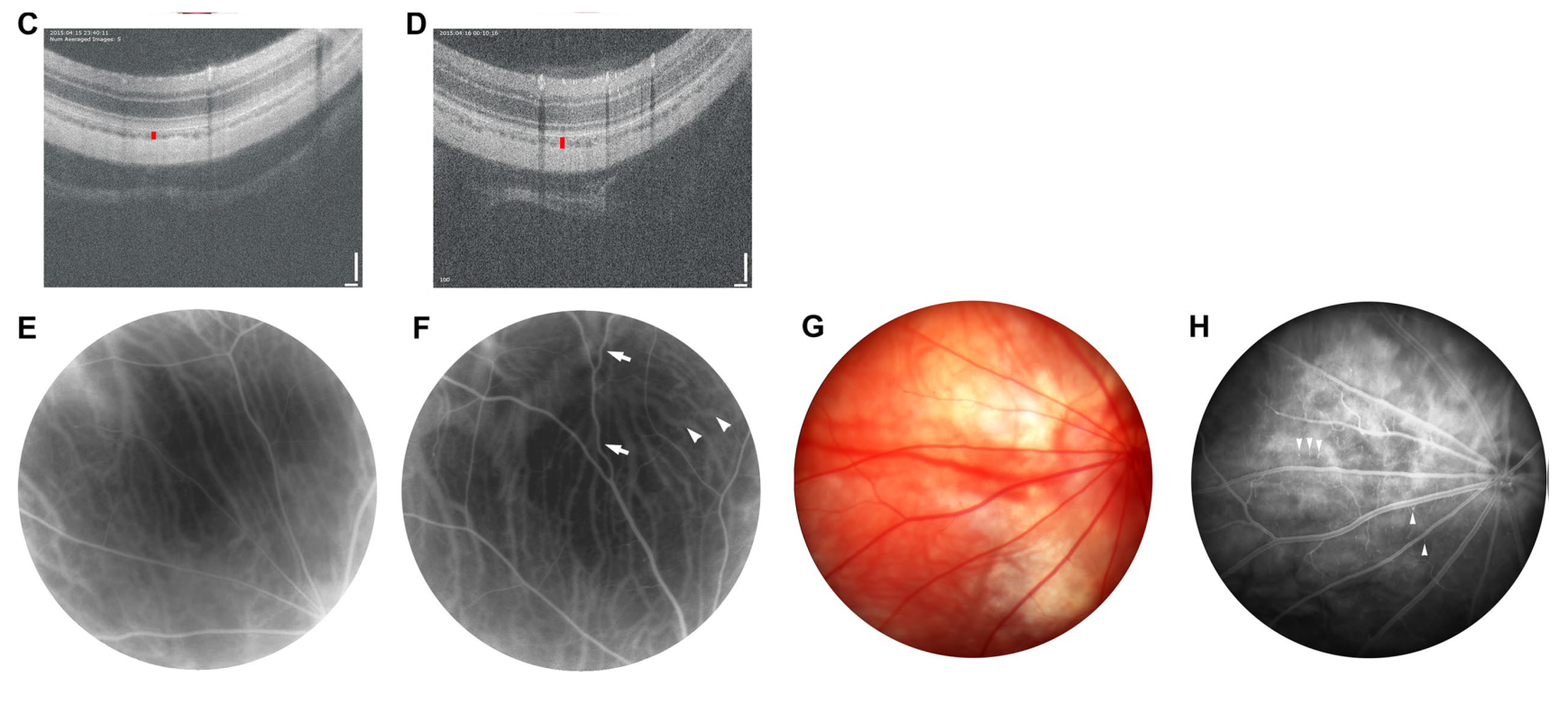Featured Scientist

Yih-Jing Lee, Ph.D.
Professor
Hyperhomocysteinemia causes chorioretinal angiogenesis in a disease model of macular degeneration
Hyperhomocysteinemia is a risk factor for atherosclerosis, which may also be associated with retinal vascular disease, diabetic retinopathy, retinal vein occlusion, and glaucoma. For this study, we established a hyperhomocysteinemia animal model to explore homocysteine (hcy)-related choroidal angiogenesis and possible related factors. We used animal models for different concentrations of hcy and performed color fundus imaging, fluorescein angiography, imageguided optical coherence tomography, and retinal histology to observe the retinal and choroidal changes. Subsequently, we observed prominent choroidal vasculature with congested and tortuous retinal and choroidal vessels in fundus angiographies of the hyperhomocysteinemia animal model. In the histological study, the choroidal capillaries proliferated in the hcy-treated eyes, mimicking choroidal neovascularization. Disrupted retinal pigment epithelium, abnormal branching vascular network, and polyplike structures were also observed in the hcy-treated eyes. Furthermore, we found that placental growth factor, but not vascular epithelial growth factor, was the key mediating factor of this phenomenon. Our findings suggest that hyperhomocysteinemia might cause choroidal angiogenesis. (Lee YJ et al., Scientific Reports, 2018; 8: 15755. DOI:10.1038/s41598-018-34187-z)
38 views